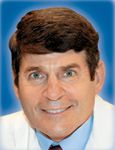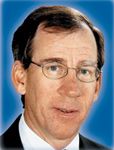Article
Drug diversion: Is your urology practice at high risk?
The non-medical use of prescription drugs is thought to represent the fastest growing drug problem in the United States, and urologists aren't immune to it.

Key Points


A widespread problem
One urologist recently discovered the scope of the problem in his own practice. The pharmacist called the office to confirm a verbal prescription for hydrocodone called in by "Sally." When contacted, "Sally" had no memory of phoning in a prescription, and there was no record in the electronic medical record. The alert pharmacist called the police, who arrested the person who arrived to pick up the prescription. That person was the known acquaintance of another clinical staff member in the practice, who then confessed to calling in the prescription for her friend.
The police recommended contacting the state prescribing agency-which compiles records of controlled substances filled by pharmacies-to request records for all of its physicians over a 3-month period. These records were cross referenced against the EMR and revealed dozens of prescriptions filled for patients who did not exist in the electronic system. Furthermore, several prescriptions were for medications a urologist would seldom or never prescribe, such as cough suppressants with codeine.
Most of the prescriptions were filled at pharmacies with no technology or policy regarding surveillance of the pharmacy counter (a fact prescription drug abusers are aware of), and some were filled hundreds of miles from the practice. Had the pharmacist not been suspicious, this urologist would have never discovered the scope of the problem in his practice.
Newsletter
Stay current with the latest urology news and practice-changing insights — sign up now for the essential updates every urologist needs.

















